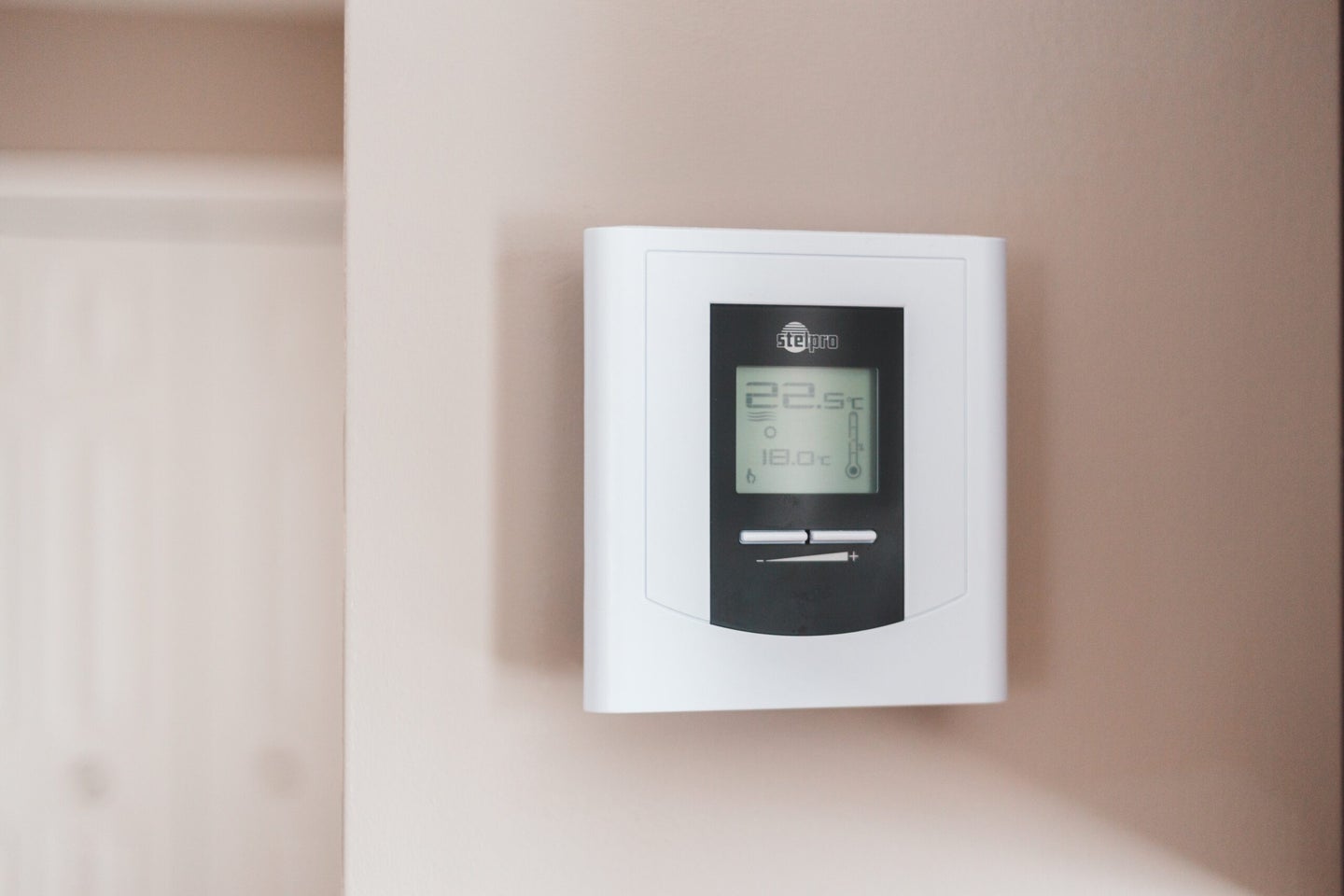Energy-efficient heat pumps will be required for all new homes in Washington
Earlier legislation requires heat pumps in new commercial buildings—now homes will also be included.

Nearly every new home and commercial building in Washington state will be required to install a heat pump in under a year. This follows the Climate Commitment Act signed into law in the state last year, which aims to limit pollution to meet greenhouse gas (GHG) reduction goals.
Back in April, the Washington State Building Code Council (SBCC) voted to require the installation of heat pumps for new commercial and multi-family buildings. The council recently voted in favor of requiring it for new residential construction as well, both of which are expected to go into effect in July 2023.
These updates to the state’s commercial and residential codes encourage building electrification, which is a major step in phasing out the use of fossil fuels for heating and cooling.
A heat pump can ideally replace both a heater and an air conditioner because the technology allows it to absorb heat energy and move it from one place to another. Compared to standard gas heating equipment like furnaces, air-source heat pumps are more energy-efficient because they use electricity to transfer heat from outdoors to indoors when heating and vice versa for cooling.
[Related: How heat pumps can help fight global warming.]
“Since they move heat around rather than generating it from burning something, they are much more efficient than combustion heating,” says Jonathan J. Buonocore, assistant professor in the Department of Environmental Health at the Boston University School of Public Health. “By replacing a natural gas furnace, oil heater, wood stove, or some other combustion source, you’re benefiting the environment by replacing a source of emissions of greenhouse gasses or other air pollution.”
A 2021 study published in Environmental Research Letters found that 70 percent of US households could reduce climate damages caused by CO2 emissions related to the house’s energy consumption by simply installing a heat pump. For instance, if all single-family homes used heat pumps, residential carbon emissions may be reduced by 32 percent. The adoption of heat pumps may also reduce financial costs for about 32 percent of households.
“In new construction, installing a heat pump can be cheaper than extending a natural gas connection, installing a furnace, and installing an air conditioner,” says Parth Vaishnav, assistant professor of sustainable systems at the University of Michigan’s School for Environment and Sustainability who was involved in the study.
About 88 percent of single-family, new construction homes in Washington already use some sort of electric primary space heating in 2018, according to a report from the Northwest Energy Efficiency Alliance. With the High-Efficiency Electric Home Rebate Act (HEEHRA), low-income households who want to move away from combustion heating may be able to get a rebate covering the cost of a heat pump installation up to $8,000.
In a recent Scientific Reports study, Buonocore and his co-authors analyzed building energy data and identified the ‘Falcon Curve,’ the monthly profile of US energy consumption. Peak total energy consumption occurred in December and January for heating and July and August for cooling.
[Related: Energy costs hit low-income Americans the hardest.]
Policymakers can anticipate this coming electricity demand by putting more non-combustion renewable sources on the grid to supply electricity during the winter, says Buonocore. The installation of heat pumps would be an efficient electrification technology for building decarbonization.
Without energy storage or other ways to manage the grid load, meeting the winter peak in electricity demand with renewable energy would require a 28-fold increase in January wind generation or a 303-fold increase in January solar energy generation. However, if buildings were to have efficient technologies like air source or ground source heat pumps, only 4.5 times more winter wind generation or 36 times more solar energy would be needed to meet the winter peak, ideally flattening the Falcon Curve to an extent.
“Heat pumps make it possible to efficiently use electricity for heating,” says Vaishnav. “If that electricity is produced cleanly—by wind, solar, or nuclear power—then we can eliminate the CO2 emissions that come from burning fossil fuel in a furnace.”